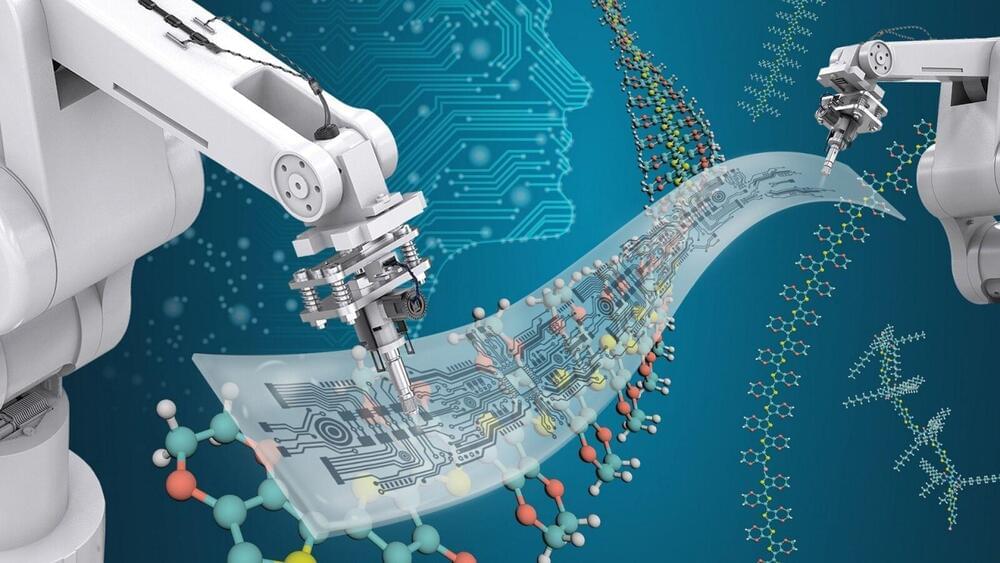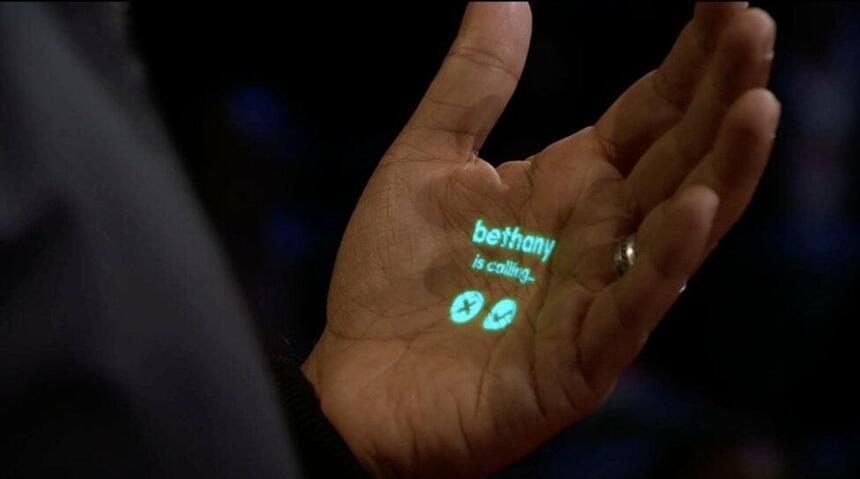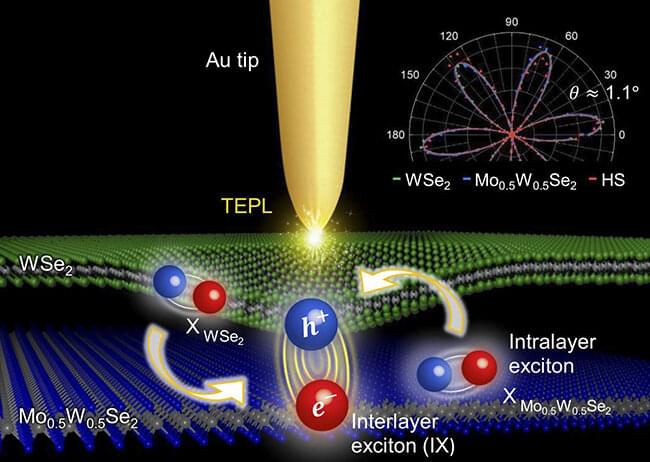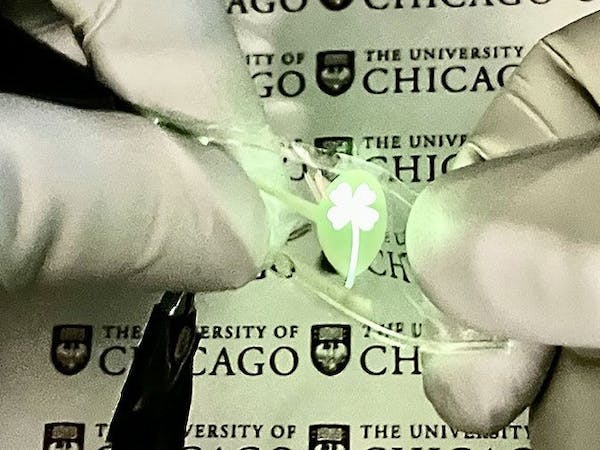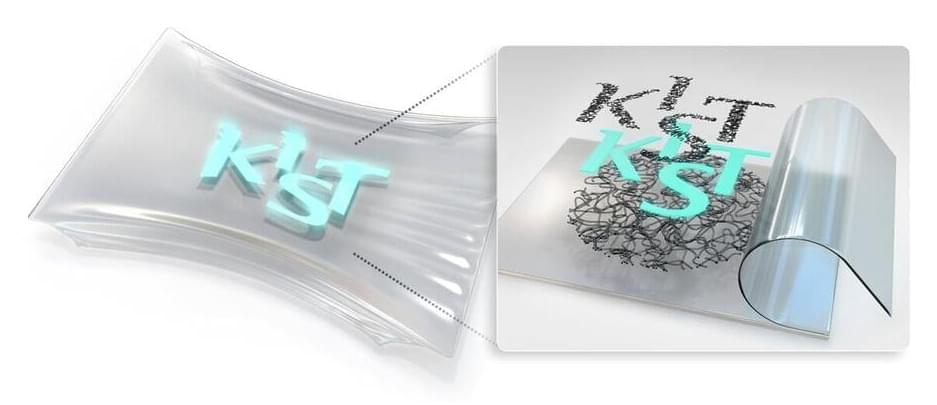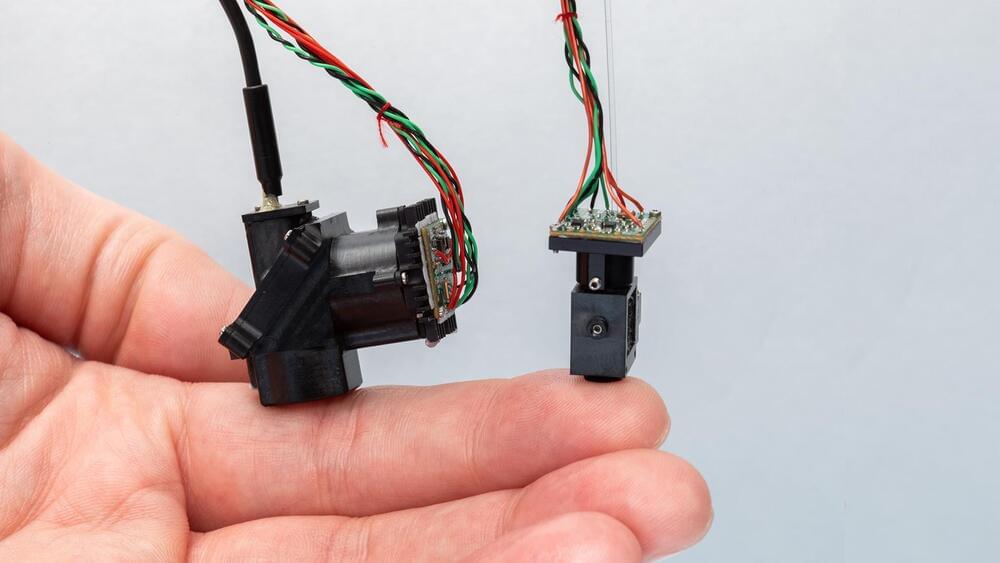A team of researchers at the U.S. Department of Energy’s Argonne National Laboratory has developed a new scientific tool called Polybot that combines artificial intelligence with robotics. This tool is set to revolutionize polymer electronics research by speeding up the discovery process of materials with multiple applications, from wearable biomedical devices to better batteries, according to a release.
Polymer electronics are the future of flexible electronics. They are efficient and sustainable, used to monitor health and treat certain diseases, among other things. However, the current methods used to prepare these polymers for electronics can take years of intense labor. To achieve targeted performance, there are an overwhelming number of potential tweaks, from spiking the fabrication recipe with different formulations to varying the processing conditions.
